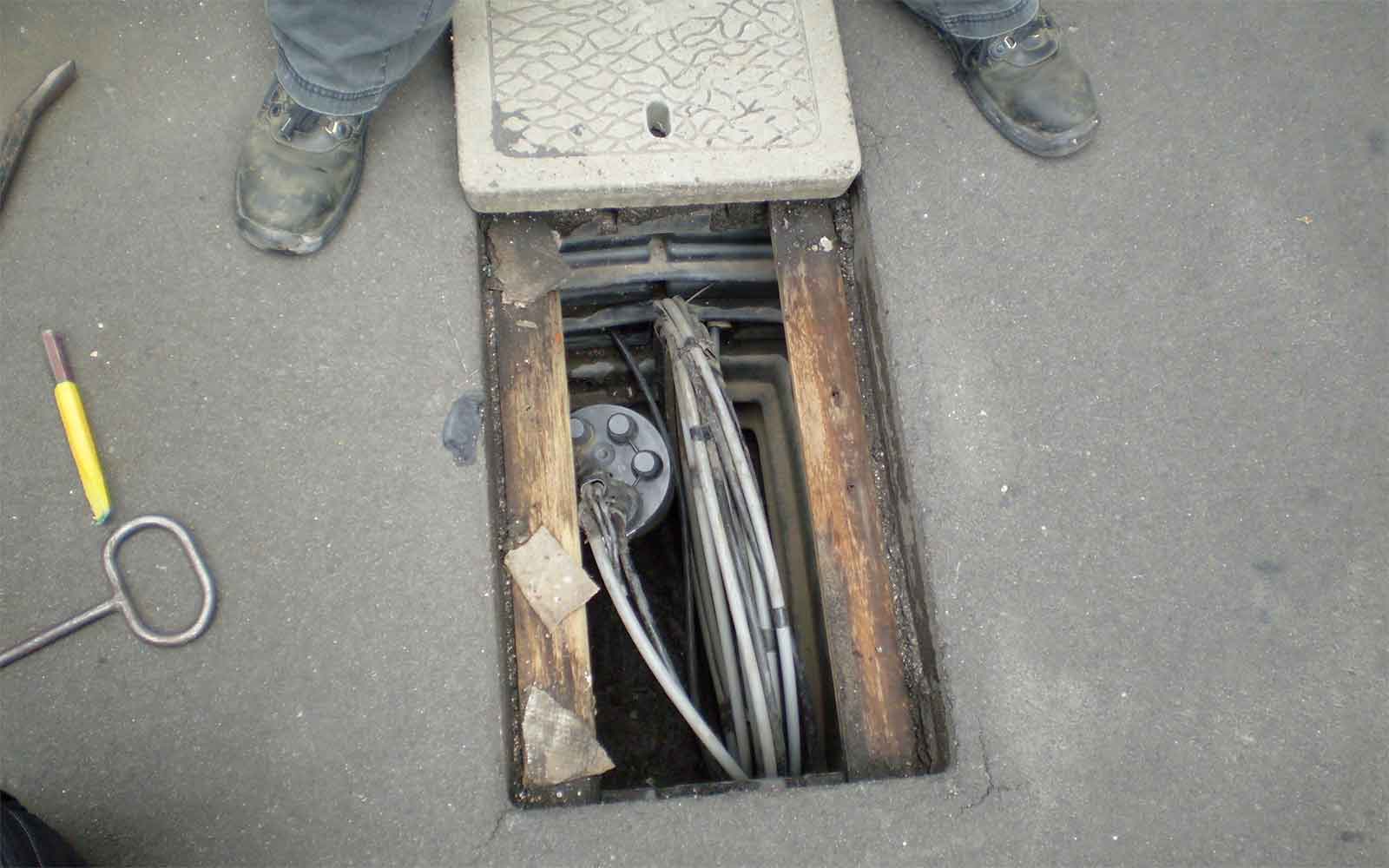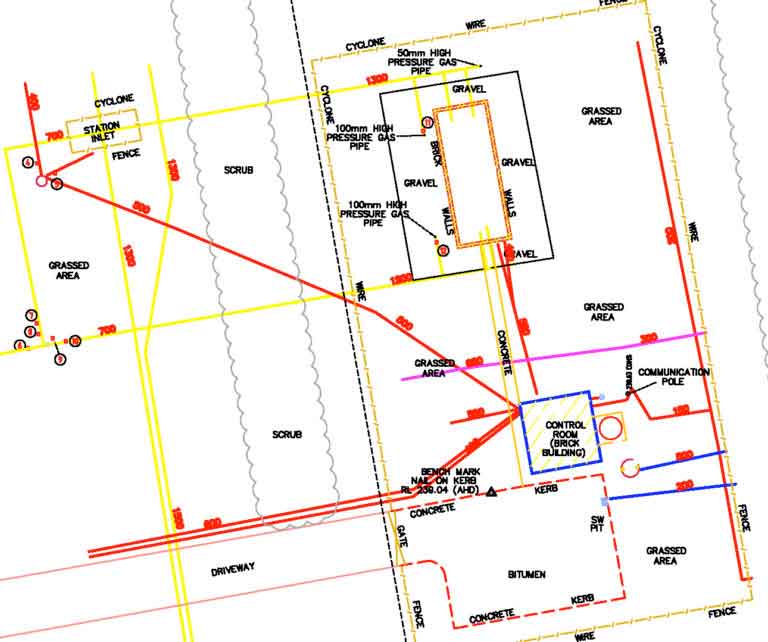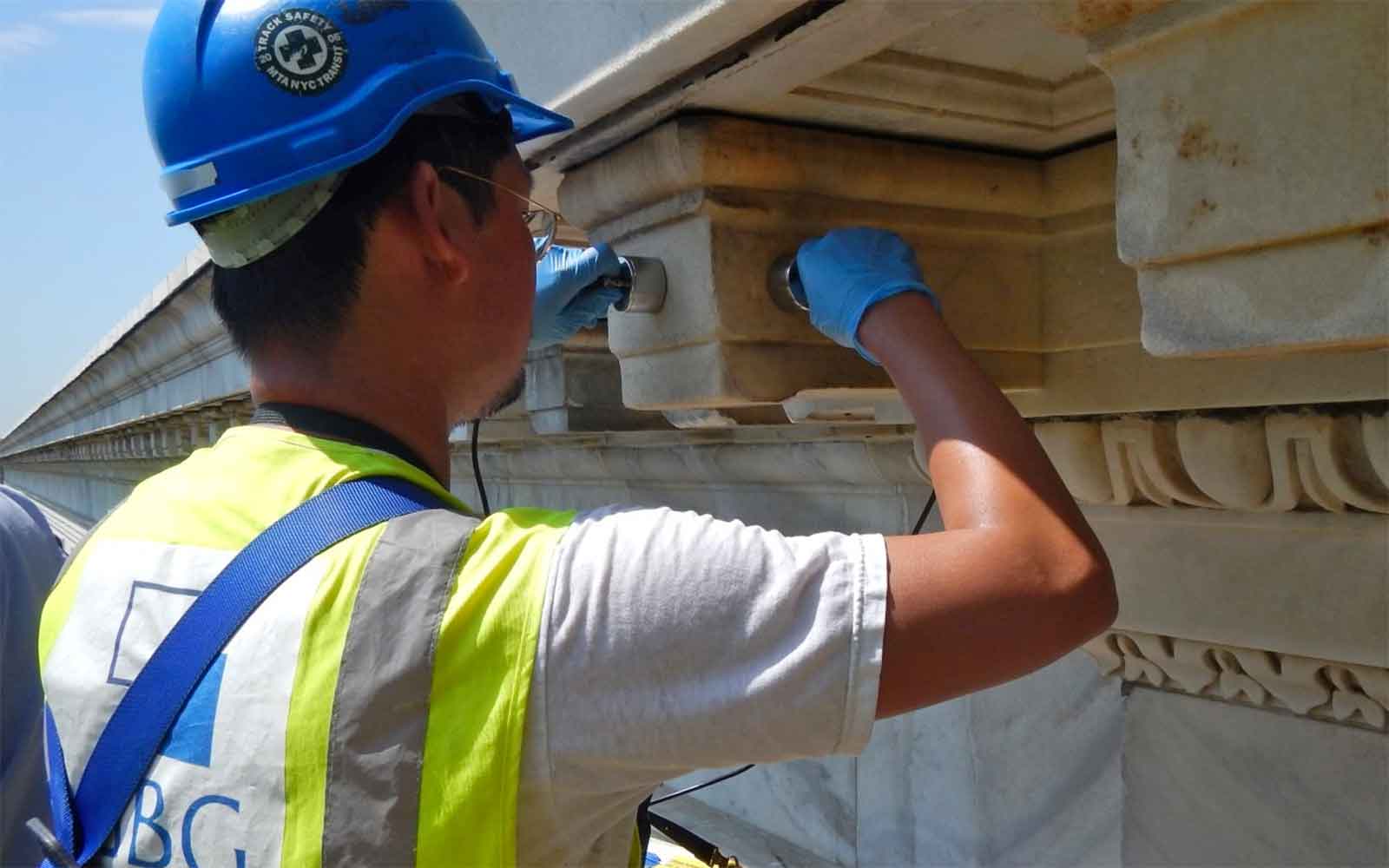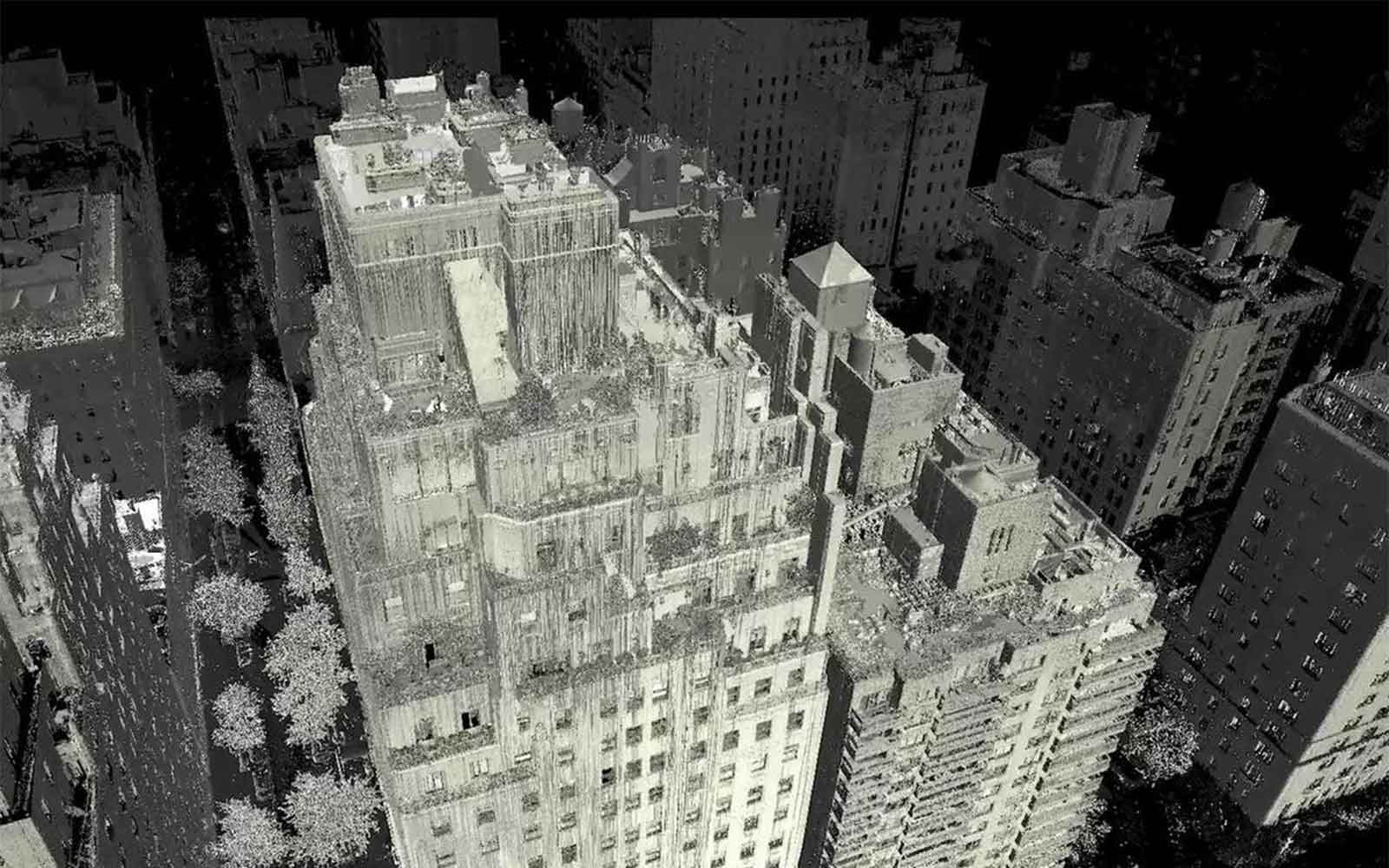Cable and Pipe Locator

Applications
- Locate earth leakage
- Locate depth to underground cables and pipes
- Locate underground cables and pipes
- Estimate current in cables and pipes
- Utility marker locators
Method
The cable and pipe locator works by detecting electromagnetic radiation emanating from underground metallic pipes or cables. The system can detect services either passively (by detecting signals that are present in the utility itself) or actively (but detecting a very low-frequency signal induced into the utility). An inducer is used to generate the active signal into the utility by direct connection or by indirect electromagnetic coupling. The effective investigation depth with this technique is typically two metres with a depth accuracy of + 20%.
The cable pipe locator scanning is typically undertaken across a site in passive and active detection modes. Direct induction will be used if there is access to exposed services. Typically services will first be traced starting at service pits locations and accessible service points such as taps and above ground conduits. This will often allow the traced service to be identified.

Data Analysis & Presentation
Utilities can be marked on site and / or presented on CAD drawings

Featured Work
GBG investigates a wide range of structures from historically significant buildings to small private residences.
Enquire Now
Complete the form below, call us at +1 917 297 0913 (New York office), +1 805 393 2021 (Boulder CO office) or +1 310 745 9301 (Los Angeles office). A member of the team will respond ASAP to discuss your requirements.
Please note: GBG Group is compliant with the General Data Protection Regulation (GDPR). To learn more about how we collect, keep, and process your private information in compliance with GDPR, please view our privacy policy. *




